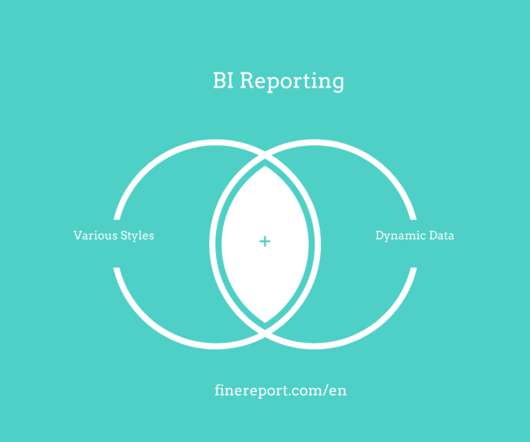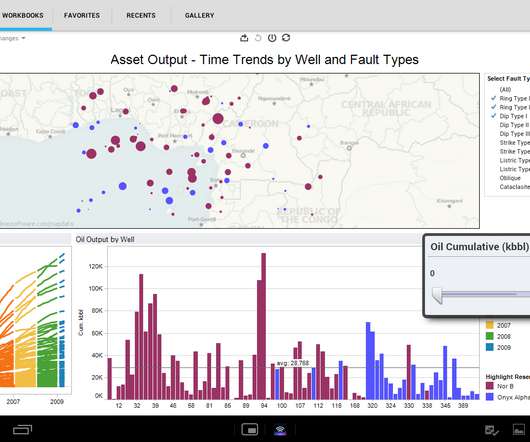A Complete Guide For BI Reporting
FineReport
MAY 29, 2020
Business Intelligence is commonly divided into four different types: reporting, analysis, monitoring, and prediction. Static reports cannot be changed by the end-users, while interactive reports allow you to navigate the report through various hierarchies and visualization elements. BI reporting is often called reporting.














Let's personalize your content